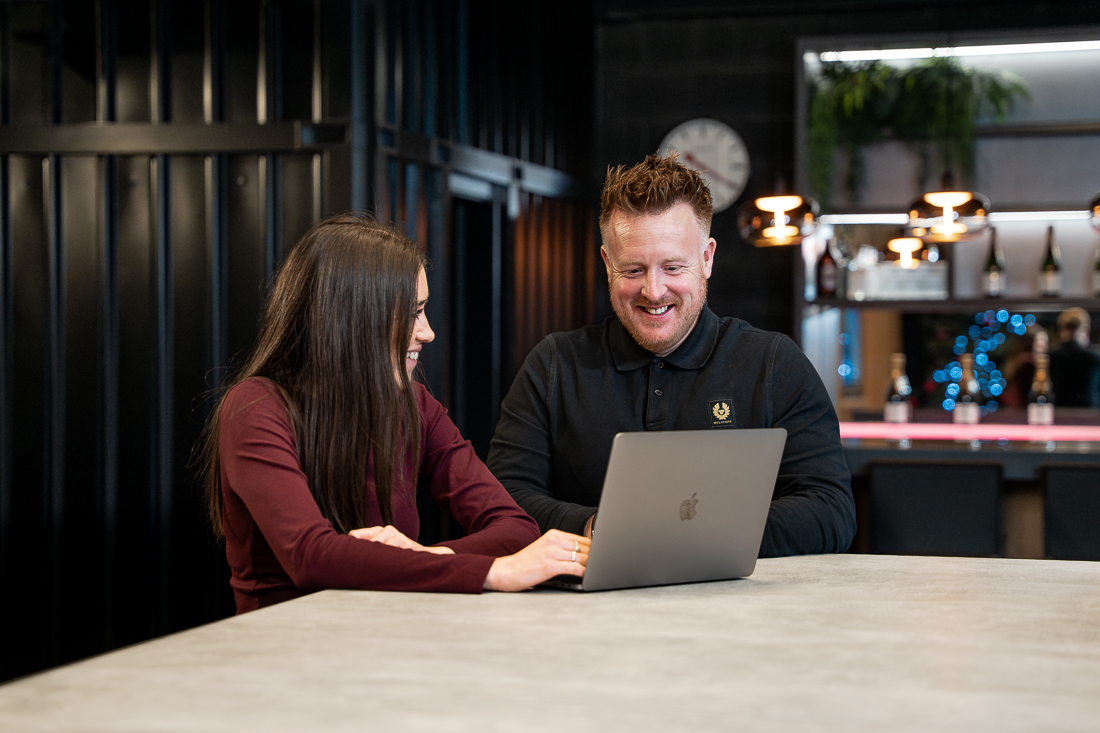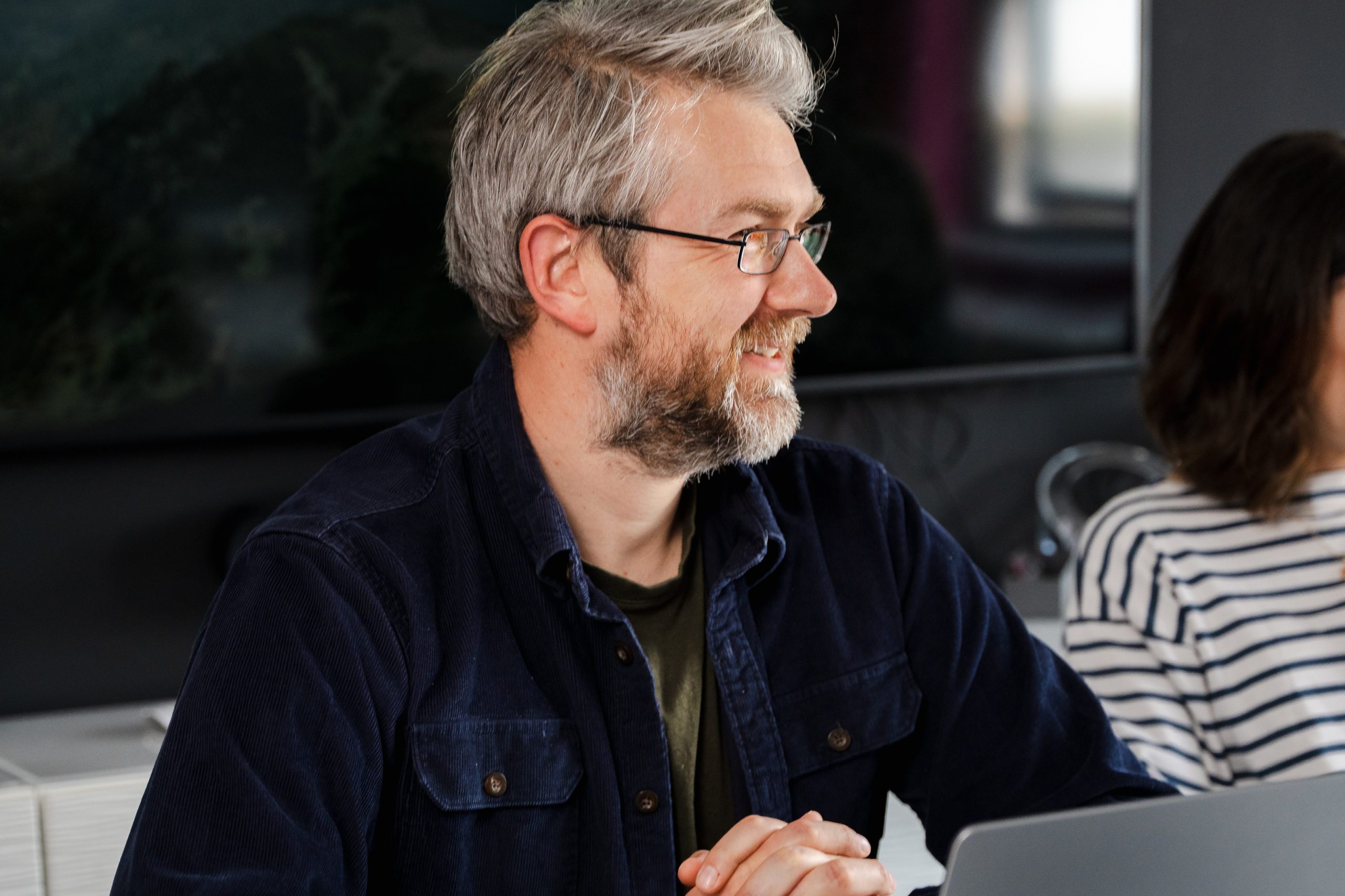A look at 2023’s consumer landscape

Understanding your customer or client’s thoughts, beliefs, and behaviours is crucial for delivering a marketing strategy that generates true ROI. This understanding allows you to understand why your customer believes certain things and behaves the way they do. With this knowledge, you can tailor your marketing strategy to ensure you reach them with the right message, in the right place and at the right time. But beyond your marketing, fully knowing your customer can help you to refine your product or service offering and enhance your customer service approach.
Global consumer insights company Mintel recently published its latest study and predictions on consumer insights and landscape for 2023. We’ve dug deep into the data to understand the key trends or feelings we can expect from our customers this year, what it means for your business and how you can generate business growth armed with this insight.
1. Me Mentality
The pandemic pushed us all into a state of collective exhaustion, struggle and mourning. We pushed aside our individual needs, differences, and identity in favour of the collective good and concern for wider public health. As we start to emerge from this, people are looking to redefine who they are. We’re keen to trial new products, and daily routines and explore the new type of person we could be. There is also more of a feeling that we can change our identity with time, and that this isn’t a fixed way of being. Brands should therefore celebrate unique differences – that of their own business, but also their audiences. It’s the time to be bold about what makes you stand out from the crowd, and shout about what you promise your customers that your competitors would be too scared to do so!
As well as this, there is a collective feeling of wanting to move forward and make up for the lost time. People feel the pressure to move forward in their life, to develop and feel confident again. To capitalise on this, brands need to show how their products or services can support people in achieving their individual goals, whether those are professional, health or fitness goals.
There’s also a huge amount of uncertainty ahead in the outside world, that’s totally out of our control. This means that spirituality, emotions and personal values are more important than ever as these are what can keep us centred even if our environment can be chaotic and stressful. In light of this, brands should ensure that they have their own company values clearly defined and that they communicate this with their customers.
2. Power to the People
This trend could be considered a more contemporary and realistic version of the age-old saying ‘the customer is always right’. In 2023, we expect to see customers become a key part of the way brands grow and develop – spanning across investment, co-creation and change-making. Many brands, such as Brewdog, offer ways for customers to invest in the company, beyond just buying products – making them feel valued and part of your brand journey. In terms of co-creation, we have seen IKEA set up their ideas factory that allowed customers to share their ideas for their new product development projects – it’s all about thinking about how your customers can bring value to your brand in terms of helping them to define their product or service offering. Customers will feel listened to and valued and become advocates of your brand, which becomes its own self-sufficient marketing strategy.
3. Hyper Fatigue
The state of the world at the moment leaves consumers feeling like they’re being pulled in multiple directions. There are so many negative news stories but at the same time so many solutions to happiness that we feel a sense of overwhelm and fatigue. Beyond this, there is an overwhelming amount of technology available – the Metaverse, web3, NFTs, ChatGPT, etc. and people are looking at how to escape from this. This highlights that it’s time for brands to be bold about being offline. Consumers want to connect with their local surroundings and community and back to themselves rather than constantly being online. Brands should be thinking about how to connect with their consumers in person, whether that’s through events and sponsorship, OOH advertising or taking a step back towards printed (but recyclable!) marketing materials.
4. International Localism
Buying locally is still more important than ever. In the pandemic it was about that collective spirit and supporting the local community, however, with the cost of living crisis this is more about people’s long-term values and how they can manage their finances. We can see that costs are all so out of our control, due to complex and international supply chains, and shopping locally can help to remove much of the smoke and mirrors around costs. Buying locally means consumers can feel confident about where their hard-earned and limited money is going. This trend is ideal for local and regional businesses – it’s time to shout about your work in the local area and the impact you have on the community to give your customer the confidence that they are investing in the right business.
5. Intentional Spending
In a tough economic environment, consumers want to make smart financial choices without sacrificing their quality of life. This isn’t just about choosing the cheapest option possible, as consumers will be considering how flexible, durable and sustainable a product or service is to make sure it’s a worthwhile investment. Consumers trying to cut back to only the essentials each month or looking at what they could potentially get for cheaper, so it’s more important than ever to be clear and transparent on your product or services’ value equation. Be bold if you know you’re not the cheapest in your market, but make it clear to the consumer why they’ll get better value when they choose you.
Are you interested in exploring how we can support you in understanding your customer and translating this into a growth-focused marketing strategy? Get in touch today.

